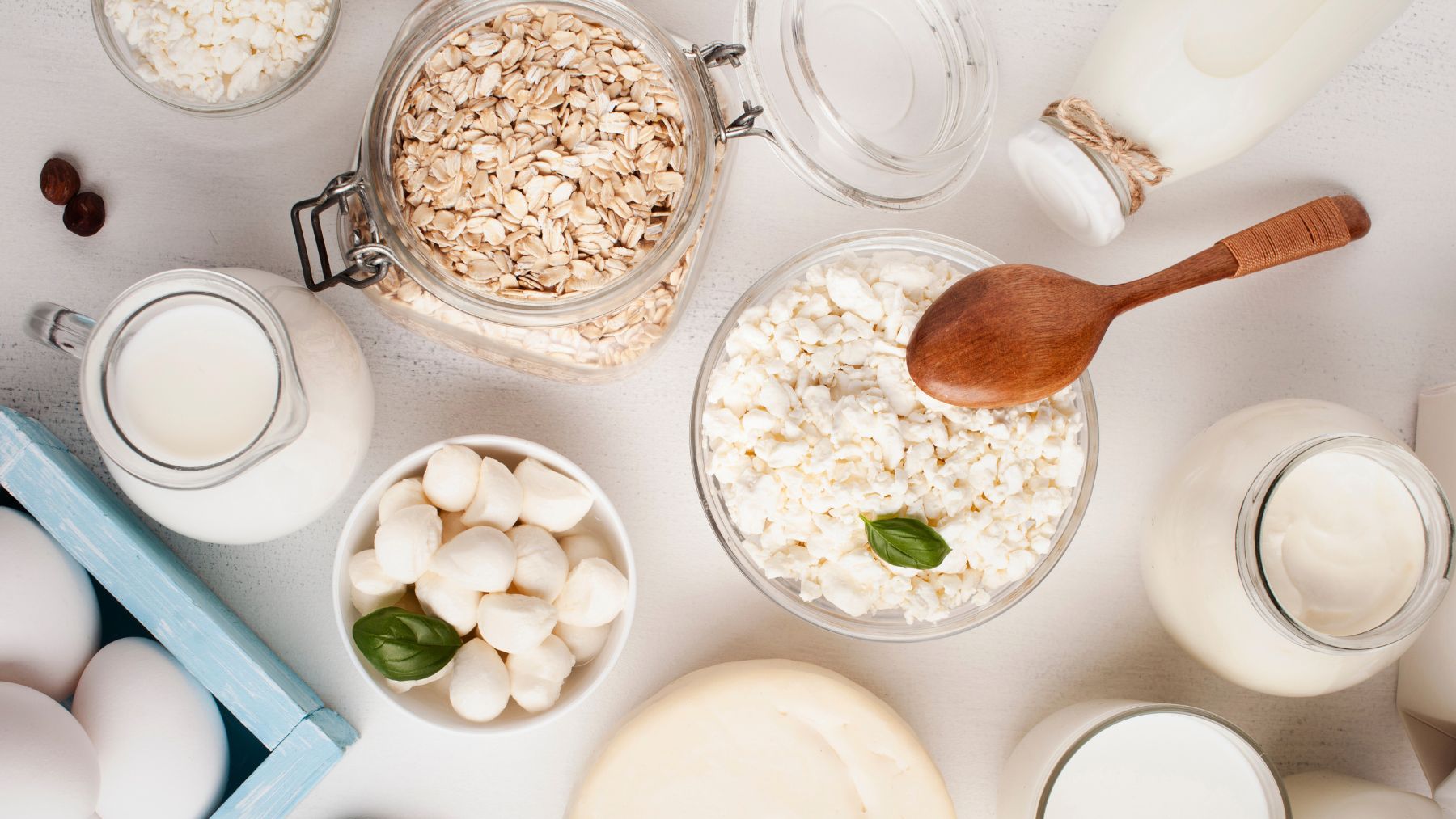Set aside the dairy aisle for a moment. Seniors determined to fortify their bones may discover an unexpected ally in the produce section. It turns out that one particular fruit delivers an impressive amount of calcium that is ideal for maintaining bone density and reducing osteoporosis risk. That standout fruit is the prickly pear.
Ensuring an adequate supply of calcium becomes vital after 60 to counteract bone loss. Although traditional dairy products remain a common source, many seniors now opt for plant-based alternatives or simply desire a more varied diet. Let’s explore the benefits of prickly pears for bone strength and additional smart sources of calcium you can incorporate.
Prickly pears: the top fruit for bone health in seniors
Prickly pears are one of the fruits with the richest natural calcium content. A single cup provides roughly 83 milligrams of calcium, which exceeds the amounts found in most other fruits. Besides the calcium, it also delivers fiber, antioxidants, and essential vitamins that contribute to nutritional support, digestion, and immune function in older folks.
Research has highlighted its potential anti-inflammatory properties, which can help mitigate chronic inflammation associated with bone loss. In addition, the fruit’s natural magnesium content further supports bone health by enhancing calcium absorption and promoting bone formation.
When fully ripe, its pleasantly soft flesh makes it an appealing option for seniors with varying dental or swallowing needs. Although frequently found in the Southwestern regions, prickly pears are increasingly available fresh, frozen, or as purée in many grocery stores. Their unique flavor is often described as a harmonious blend of strawberry, watermelon, and citrus.
Smart ways to get more calcium daily
Here are key complementary foods to pair with fruits in your pursuit of strong, resilient bones:
- Fortified plant milks and juices: A glass of calcium-fortified soy, almond, or oat milk, or fortified orange juice, supplies roughly 300 mg of calcium, comparable to that found in dairy milk. Go for unsweetened options.
- Leafy greens: Collard greens, kale, and bok choy serve as excellent sources of plant-based calcium. One cup of cooked collard greens offers around 270 mg.
- Sardines and canned salmon (with bones): These nutrient-dense fatty fish offer highly absorbable calcium, with a 3-ounce serving of sardines providing around 325 mg, along with bone-supporting vitamin D and omega-3 fatty acids.
- Almonds and tahini: A quarter-cup of almonds contains about 95 mg of calcium, while tahini, a paste made from sesame seeds, delivers approximately 130 mg per 2 tablespoons. Both serve as great choices for snacks or as components in dressings.
- Dried figs: These are a strong secondary option, offering about 60 mg of calcium per quarter-cup (3-5 figs), in addition to a wealth of dietary fiber and antioxidants.
- Beans and lentils: White beans and edamame provide roughly 60-80 mg per half-cup when cooked, while also supplying protein, fiber, and other essential nutrients.
Incorporating these diverse foods throughout the day is the most effective approach to achieving optimal calcium intake. Enjoy prickly pear with fortified cereal or blend kale into a smoothie made with fortified milk. A varied diet ensures you receive not only essential calcium but also a wide range of nutrients crucial for maintaining strong bones and overall health.

